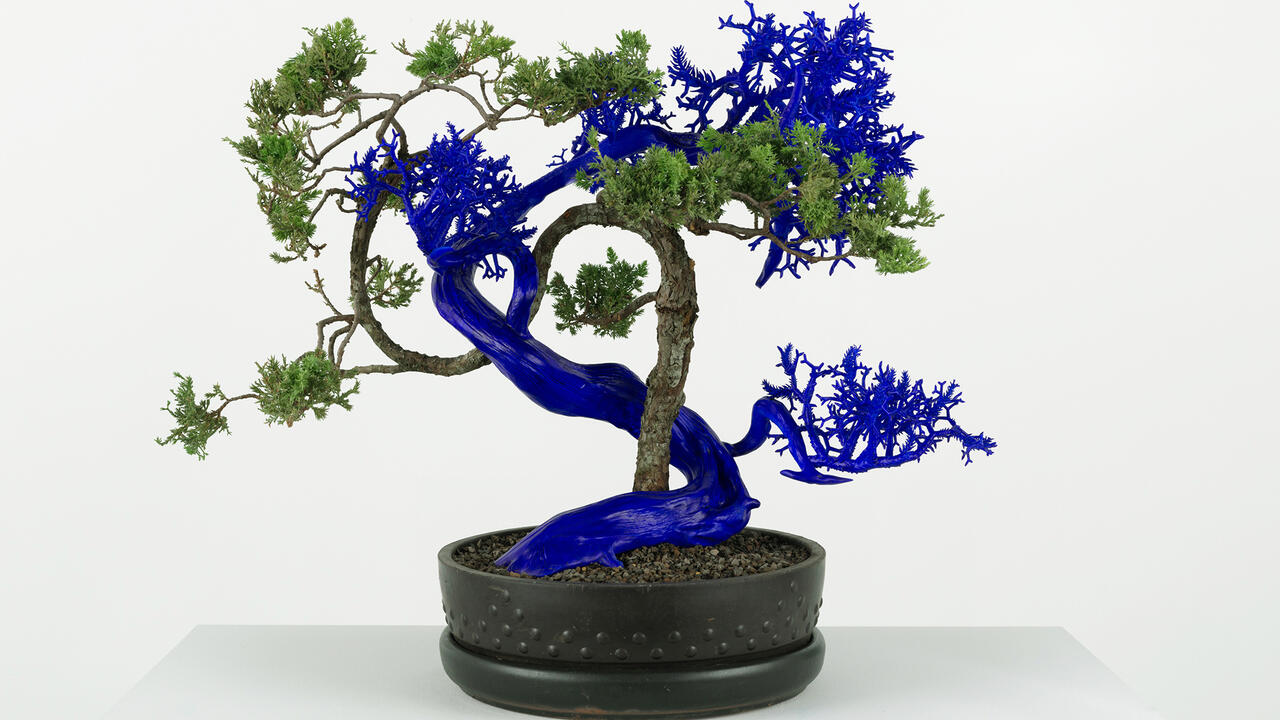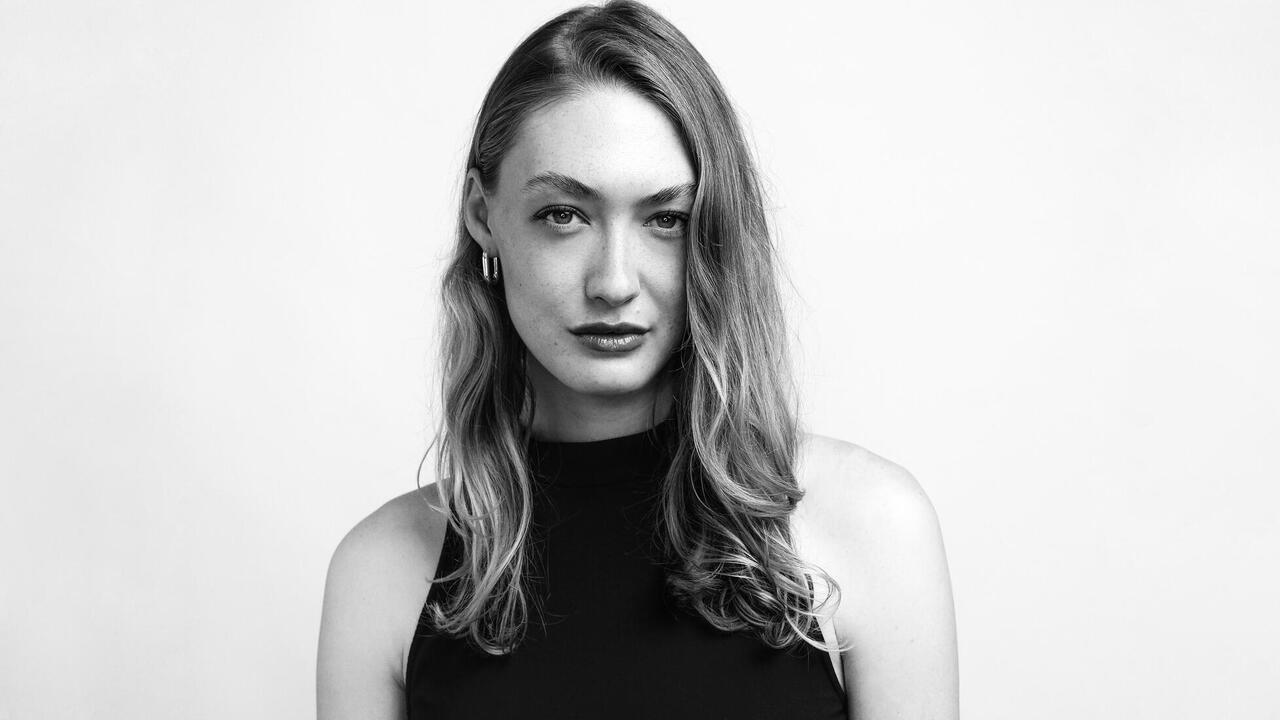Living History
The surge in popularity of The Metropolitan Museum
The surge in popularity of The Metropolitan Museum

Among the many upheavals New York lived through in 2011, one quiet one is worth amplifying: attendance at The Museum of Modern Art plummeted while the Metropolitan Museum of Art saw its highest visitor numbers in 40 years. No doubt Alexander McQueen, whose posthumous Met retrospective drew such crowds that I had to elbow through internal queues to reach the Manets and Courbets, bears some of the responsibility. But the scale of the increase can’t be explained by rhinestone skulls alone: the McQueen show was a real outlier, as the Met, like other museums in straitened times, has been putting blockbusters to one side and relying more on its permanent collection. Nor do the figures account for the arguably pervasive sense that, as the world of contemporary art struggles to find its voice at this hinge moment in the city’s history, our grandest museum has picked up the slack, with a series of exhibitions and reinstallations that feel more engaged, civic – and metropolitan – than anything in the modern museums or in Chelsea.
For New York these days is a city cracked from side to side. The police may have driven out the encampment of Occupy Wall Street – located, it’s worth remembering, at the foot of a 20-tonne red sculpture by Mark di Suvero, one of America’s most committed leftist artists – but its denunciation of the current political and economic order has stuck. The lifestyle liberalism of our mayor-for-life, Michael Bloomberg, was wholly delegitimized in the space of just three months (and Bloomberg’s girlfriend, Diana Taylor, has endured brutal criticism for her position on the board of union-busting Sotheby’s), with nothing yet to take its place. What is clear, at least, is that a little more social democracy – a higher tax rate here, a bike lane there – isn’t going to cut it. Some new order lies ahead, as yet inconceivable. For all we know it might be even worse than the current one: the Republicans are at the gate, the hawks around the Pentagon are flexing, and a second financial crisis seems so likely that it already has its own Twitter hashtag.
Questions about policy are out of fashion; in New York, it’s time to think big. Even the bankers don’t defend the status quo, still more so since a wave of redundancies and zero-dollar bonuses swept over Wall Street in January. Twice recently I’ve found myself in a restaurant arguing with friends about the most basic questions of all – How do we want to be governed? What sort of economic organization is really practicable? How much of our heritage belongs in the commons? – only to be interrupted by someone at the next table who decided to join in. It’s a crackling, once-in-a-generation moment, one that failed to arrive after 9/11 or even after the collapse of Lehman Brothers. And yet, in such a moment, what has contemporary art offered us, except a master class in the total victory of capital and its imperviousness to critique? How many times have we said that the auctions, the fairs, the bigger galleries, and even some of the museums were ‘insulated’ from economic reality or were ‘shrugging off’ recession? After 2008 you could still argue that the contemporary art world was only partying in hard times, and that a reckoning would have to come eventually. After 2011, no longer. As artist Andrea Fraser argued at the height of Occupy, ‘What has been good for the art world has been disastrous for the rest of the world,’ and even the most critical practices have found themselves defanged or crowded out by the institutions of the one percent.
But in a reversal typical of our age, while the contemporary art in our largest museums seems at an ahistorical remove, the historical once again feels bracingly contemporary. When, on 1 November 2011, the Met reopened its Islamic galleries (given the more accurate if unwieldy new name of Art of the Arab Lands, Turkey, Iran, Central Asia and Later South Asia) the excitement spread far downtown. Over and over at gallery openings and drunken after-parties I saw people whip out their phones to show off snapshots of Egyptian wall carvings, Syrian brass and Turkish sabres. Jerry Saltz, New York magazine’s art critic, captured the mood in a review that had a one-word headline: ‘Mecca’. There was, of course, the sheer excitement of seeing a collection that had been in storage for eight years, and the delight – with the Arab world in paroxysms, with the ten-year anniversary of 9/11 just concluded, and with Rick Santorum promising to bomb Iran on day one of his blessedly hypothetical presidency – of watching wide-eyed schoolchildren sit down to sketch Persian miniatures. But the real power of the Met’s rehang was its seriousness. A 16th-century painted manuscript page from present-day Uzbekistan, in which the Prophet Muhammad is seen riding into heaven through clouds of gold while a Qur’an lies beneath in a ring of fire, wasn’t just an object of beauty or a lesson in the complexities of representation and iconophobia. It highlighted the ignorance and atemporality of the last decade’s awful debates about modernity and war – and averred that serious engagement with centuries-old material is one step in shaping the era to come.
Something similar, if more muted, happened in January 2012, when the Met unveiled its rejigged American Wing around the time of the New Hampshire primary. While in Chelsea you could witness an endless rehash of late-1960s détournement or 1980s appropriation – once-promising strategies that didn’t change much then and certainly won’t now – the Met rehang offered a more robust model for action: the late 18th century, when Americans looked at classical precedents for representative democracy and, instead of adapting them wholesale, remoulded them to fit new national circumstances. Here, as in the Islamic wing, applied arts such as furniture and silver served as much as painting and sculpture to testify that not so long ago people with no certain future were able to build something new. We may be standing on a precipice, but here was evidence that the kind of comprehensive transformations needed to reshape society can happen, and have happened here.
Curious, then, that in this period of ascendancy the Met is preparing to double down on contemporary art. The recently announced arrival of Sheena Wagstaff, formerly chief curator at Tate Modern, coincides with two important reorganizations. Not only will Wagstaff’s team be independent of the Met’s 19th-century European curators who currently have responsibility for modern and contemporary art. They’ll also be moving out of 1,000 Fifth Avenue, and the modern collection will be on display in the landmark Marcel Breuer building that the Whitney will soon be vacating. The Met was once a leader in the advocacy of contemporary art, notably under Henry Geldzahler in the 1960s, when new art still signified American triumph. Now that both contemporary art and the American future have rather grimmer overtones, it’s up to Wagstaff and co. to make the contemporary as relevant as the historical. Perhaps they can do it. But the divorce from the other curatorial staff and the move out of the Met’s main building suggests another, less promising possibility: that the bulk of the encyclopaedic museum has a relevance and a force that – unless we break open the economic structures that govern it – contemporary art can’t rival.
























